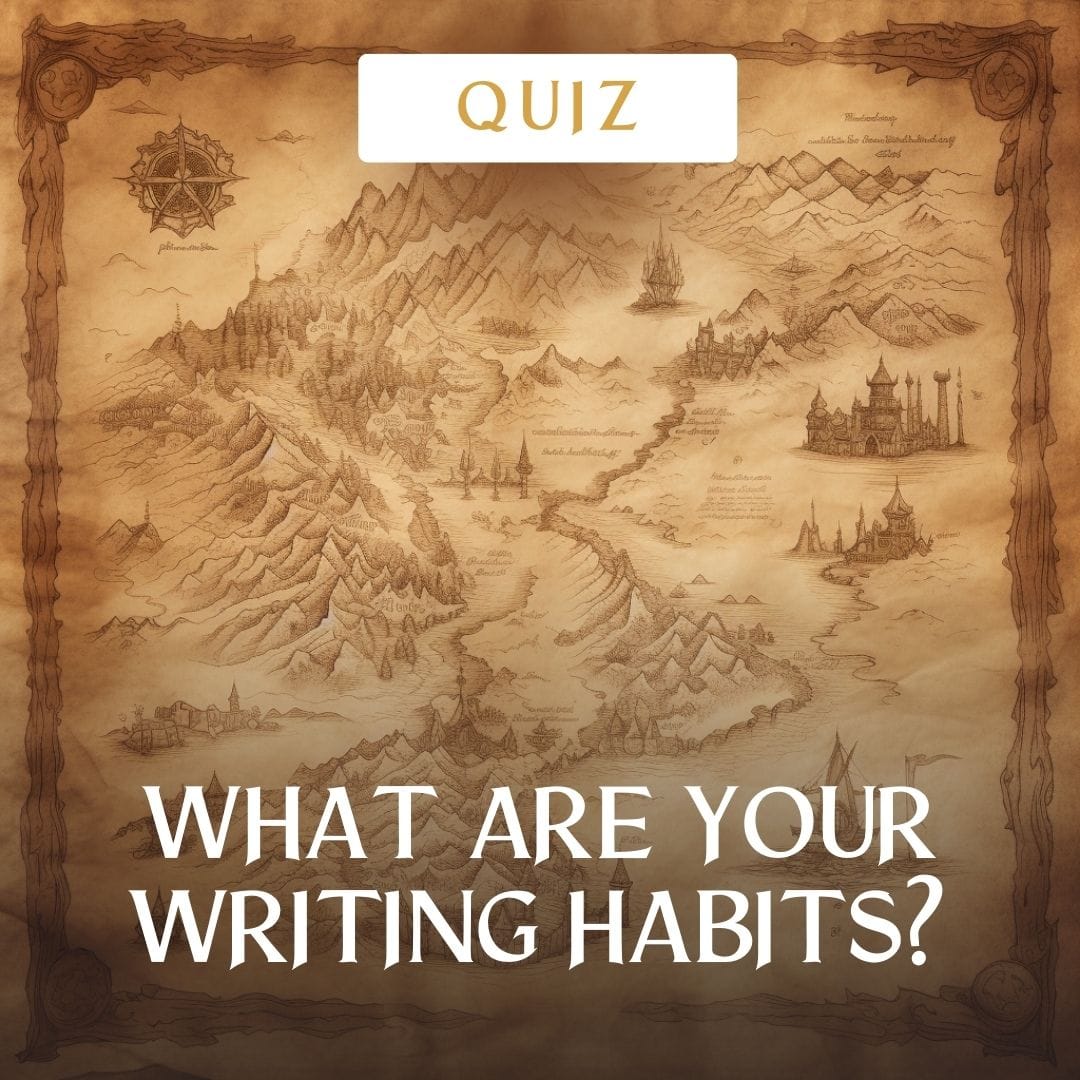What I’m about to share just might splode your brain.
It did for me when I discovered it. You see, I was watching the Netflix Marvel series back-to-back when they came out. Daredevil, Jessica Jones, Luke Cage, Iron Fist… fun times.
And then halfway through season 2 of Jessica Jones, my mind started wandering up in the more meta land. Thinking about characters and motivations. And suddenly I realized that each of the main characters all related to a central theme. The thing was, they all related in different ways.
I realized that the central theme of the series was about power, and how different people related to it. It was like having four squares where you explore all possible aspects of an idea.
- One character had power, and didn’t want it.
- One didn’t have power, and wanted it.
- One used to have it, and wanted it back.
- One never had it, and was fine with that.
Maybe this is actually a thing out there in Writersville, and I just re-invented the wheel. Welp… you’re welcome.
As you can imagine, each one of these are very distinct story lines. But here’s what’s much more valuable. Each one of them allows both author and reader to explore different ideas and motivations about the central theme.
It can work with different themes, like tribal membership:
- One character was born outside the tribe, and willingly welcomed
- One was born in it, and mulish about anything outside
- One was born outside of it, never welcomed in, and wanted in
- One was born outside the tribe and feared everything in it
Perhaps there are more ways to slice and dice it, like a DnD Alignment Chart. Which is actually really interesting, though I’ve not yet played DnD.
Characters who don’t care about the quad are hard to write. Characters who don’t care don’t have motivation – and protagonists need to care very, very much about something.
But you can take this same quadrant, and assign your characters in it.
For example, I have a novel I’m working on, all about wands and swords. I tried placing my characters in the quad, or, I tried to create 4 distinct points of view around the theme.
The theme was using magic, so I’m trying:
- Hero: doesn’t have magic power, wants it
- Hero’s friend: doesn’t have power, thinks no one should have it
- Heroine: has power, but doesn’t want to use it
- Heroine’s friend: has power, and wants to use it all the time
It seems to boil down into have and want
- Have, want
- Have, don’t want
- Don’t have, want
- Don’t want, have
Can’t you see how these conversations write themselves? How this motivation impels characters to make choices?
It also does something else valuable.
It allows you, the author, to explore different aspects and insights of a single idea.
Many beginner writers will be fascinated with a single approach to an idea, and put all the energy into their protagonist and their path. But it’s almost always true that other paths and aspects will reveal more.
Being conscious and attentive to this creates more interesting interaction.
Take being Catholic, or religious;
- One character is faithful, and wishes they weren’t.
- One doesn’t have faith, and wishes they did.
- One used to be faithful, and wants it back.
- One never was, and doesn’t care, or doesn’t mind.
Yes, there’s more options.
Using this quad approach on your characters, and your secondary characters, can save you from being single-minded and stale with your writing.
Because your readers are going to be all over the place. They won’t usually think like you on all fronts.
Taking this approach can help readers to follow a character’s path more intently, because it reflects them better.
It also helps you, as an author, think outside the box. Think through other people’s experiences. Think about other, newer, different takes on a topic.
It saves your story from advancing a single-minded, monolithic approach. It allows characters to grow and learn from each other.
And it just helps you have a rollicking good time, because now there’s more to argue about.
Can you take your current cast of characters and fit them into a quad like this? Have a go in the comments!
Perhaps its only a triad, or a dyad. All is good! I’m looking forward to your ideas.




Great points! It makes me think a lot of the Save the Cat mentality of what your character really needs, what they want (to meet that need), and how they try to fulfill the need. It’s fascinating to me that you were able to break all of the complications down into just four types!